The extremely high instantaneous luminosity of the High-Luminosity LHC (HL-LHC) will pose major challenges for detectors, particularly in the innermost and most forward regions. The existing CMS endcap calorimeters, designed for LHC conditions, cannot withstand the intense radiation levels and occupancies expected in the HL-LHC. To address these challenges and fully exploit the HL-LHC physics potential, the CMS endcap calorimeters will be replaced by a novel High-Granularity Calorimeter (HGCAL).
The HGCAL is a sampling calorimeter with electromagnetic and hadronic sections, featuring unprecedented transverse and longitudinal segmentation and the readout of five-dimensional information: space, time, and energy. Silicon sensors are deployed in the electromagnetic section and in the high-radiation regions of the hadronic section, while plastic scintillator tiles coupled to silicon photomultipliers are used where the radiation levels allow. Altogether, the HGCAL counts about six million silicon channels and 240,000 scintillator channels distributed across 47 layers in each endcap. This fine granularity enables particle-flow calorimetry, allowing detailed characterization of shower development and improvements to particle identification, energy resolution, and pileup mitigation. The scale and complexity of the HGCAL bring significant challenges to mechanics, infrastructure, and readout electronics, which must sustain the large data volumes and channel density. As the project proceeds through testing, integration and large-scale production, the accumulated expertise is being formalized into calibration strategies and operational procedures. Beyond the HL-LHC, the design choices and solutions developed for HGCAL establish a foundation for future high-granularity sampling calorimeter designs.
In this talk, we will present the HGCAL design, provide an overview of its readout system, and summarize the latest results from system validation and integration tests.
